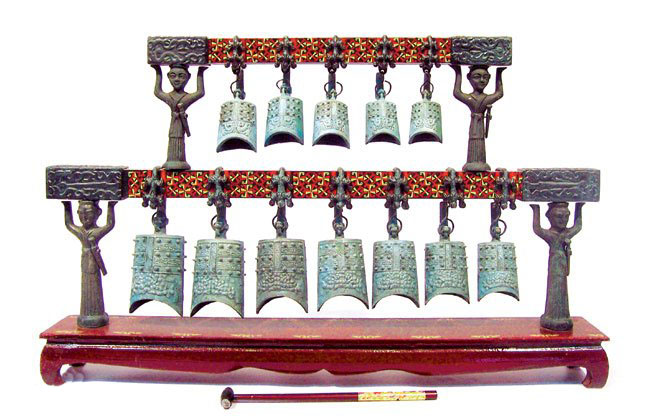bell shape
By striking the front and side drum parts of the bell, two frequency tones can be produced, that is, a bell has two fundamental frequencies. These two tones are generally the interval of the major and minor thirds. The sounding mechanism of the bell is the vibration of the plate that bends the plate.
Due to the unique tile-shaped structure of the bell body, it produces two fundamental frequency vibration modes. There are six pitch lines on the front drum, located on the four side drums and two milled edges. When hitting the side drum, there are four pitch lines, which are located on the two front drums and the two milled edges. The ribs on both sides of the bell body act as damping and acceleration damping in the vibration to avoid roaring. At the same time, the two vibration waves restrict each other, so that the "hum sound" (a humming sound delayed for a long time) is eliminated as soon as possible. It also has the effect of accelerating high frequency attenuation. This ingenious and reasonable structural design makes the chime a large percussion instrument that can play melody.

The clock is manufactured by the split-casting method. From 1960 to 1963, more than 3,000 pottery models were found at the East Zhou Ruins of the ancient city of Houma Village, Shanxi Province, among which there are a large number of internal and external models of bells and mushrooms, providing material evidence of the ancient casting method. The alloy composition of the bronze bell is tin bronze with a small amount of lead and other trace elements. "Zhou Li·Kao Gong Ji" records: "Gold has six levels, six points of gold and tin occupy one, which is called the balance of bells and dings". Indicates that the alloy proportions of the clock are normalized.
 渝公网安备 50010702504639号
渝公网安备 50010702504639号